#cercopidae
Text

Clastoptera xanthocephala is a small spittlebug that feeds on plants in the daisy family. they have false eyes on the ends of their wings!

198 notes
·
View notes
Text
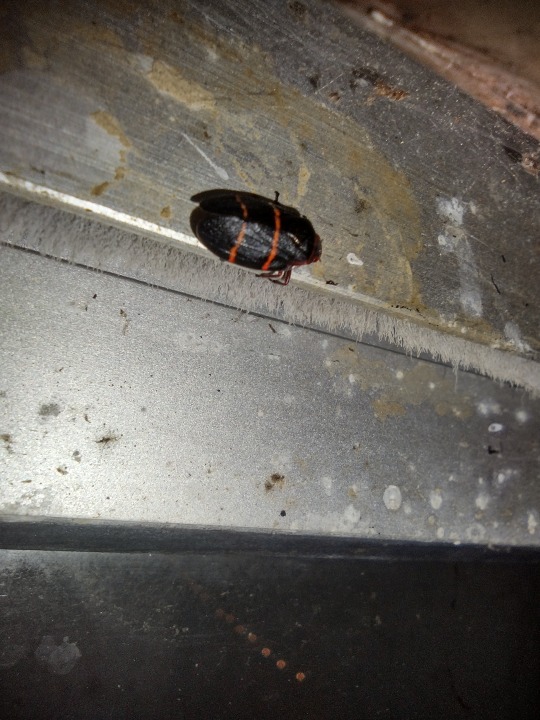
[PHOTO TAKEN: JUNE 9TH, 2024 | Image ID: A photo of a red-striped black froghopper on a metal surface /End ID.]
#Cercopidae#froghopper#spittlebug#true bugs#hemiptera#insects#insect#entomology#bug#bugs#Bugblr#invertebrates#inverts#arthropods#photos#photo#Wasp House Sights
17 notes
·
View notes
Text
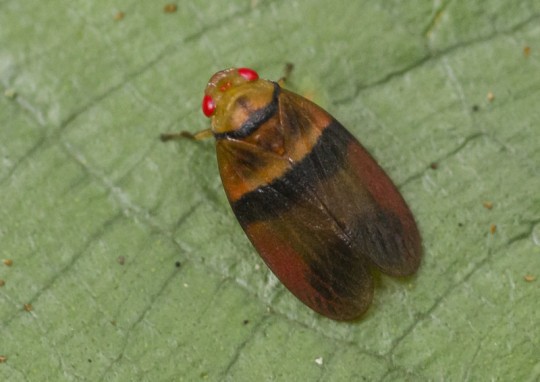
A spittlebug (Paraliterna malayana) in Malaysia
by David
#spittlebugs#froghoppers#paraliterna malayana#paraliterna#cercopidae#hemiptera#insecta#arthropoda#wildlife: malaysia#wildlife: asia
61 notes
·
View notes
Text
A bunch of hoppers
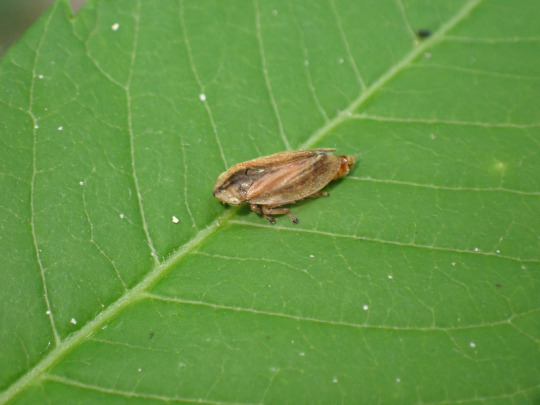



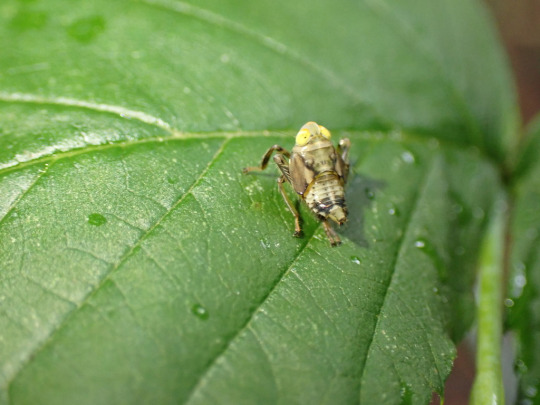
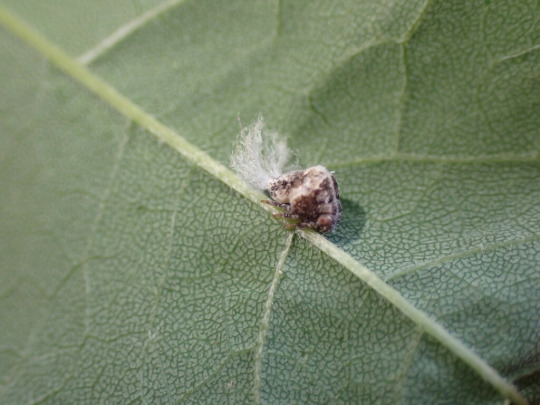


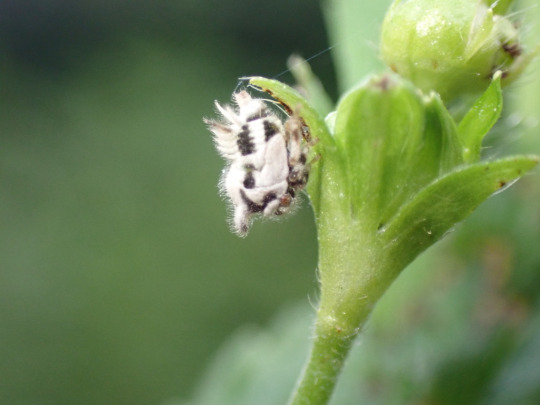


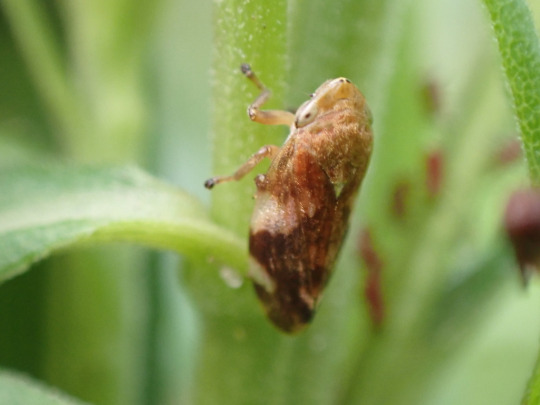

#bugs#bugblr#hemiptera#auchenorrhyncha#membracidae#cicadellidae#cercopidae#fulgoroidea#clastopteridae#arthropods#insects#mine
2 notes
·
View notes
Photo



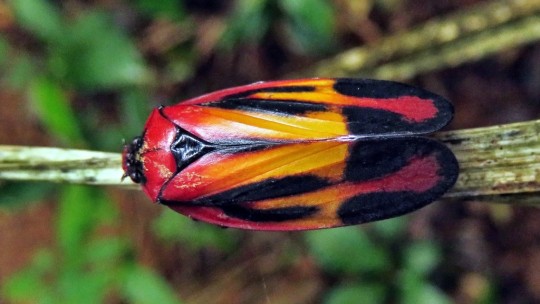
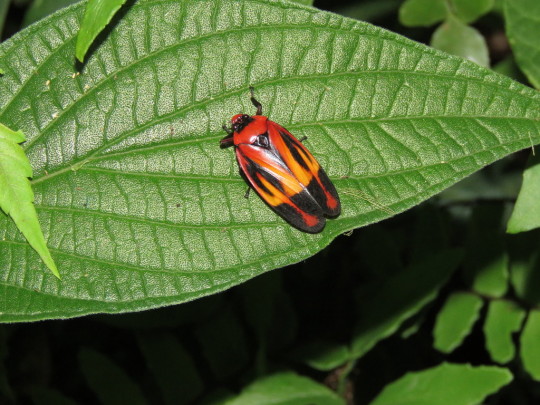

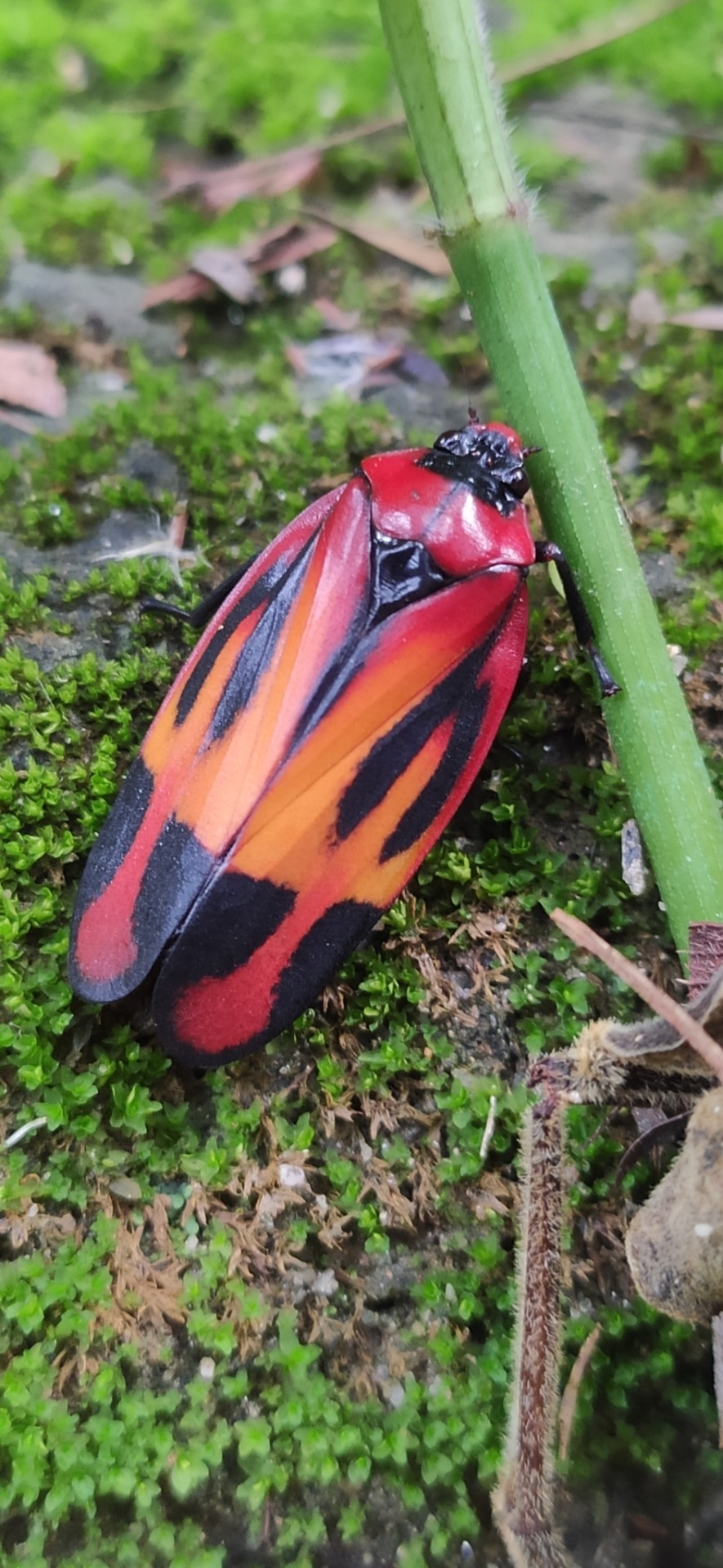
Flame froghopper, Tomaspis furcata, Cercopidae
Found in Brazil
Photo 1 by thiagolyra, 2-4 by rogerriodias, 5-6 by diogoluiz, and 7 by jonathasnogueira
#animals#curators on tumblr#insects#bugs#true bugs#froghopper#flame froghopper#one nice bug#guy fieri lookin ass
433 notes
·
View notes
Text

Saw a little cicada ^_^ (this one is from the family Cercopidae)
10 notes
·
View notes
Text
Complexe du dessèchement rapide de l'olivier : Lutte biologique
See on Scoop.it - Insect Archive

Complexe du dessèchement rapide de l'olivier - Wikipédia
Complexe du dessèchementrapide de l'olivier Oliviers morts dans une oliveraie infestée par Xylella fastidiosa (Pouilles, Italie, 2019) Type Maladie bactérienne Noms communs Complexe du dessèchement rapide de l'olivier,syndrome du déclin rapide de l'olivier, Complesso del disseccamento rapido dell'olivo (it), Olive Quick Decline Syndrome, OQDS (en) Agents Xylella fastidiosa subsp.
Zelus renardii (en), une espèce invasive de Reduviidae originaire des Amériques, présente dans le Var depuis 2019, est un excellent prédateur des hémiptères Cercopidae, Aphrophoridae et Cicadellidae, les principaux vecteurs de Xylella fastidiosa27,28.
Wikipédia, version du 2 novembre 2023 à 01:48
27. « Une nouvelle espèce de punaise invasive découverte dans le sud de la France [archive] », sur inpn.mnhn.fr, 14 octobre 2019 (consulté le 16 mars 2021)
28. https://inpn.mnhn.fr/docs/EspecesExotiqueEnvahissanteEEE/BSEF-124-3-2086_Garrouste-Zelus-renardii-en-france.pdf [archive] Romain Garrouste, Zelus renardii (Kolenati, 1856) : une Réduve nouvelle pour la France (Hemiptera, Reduviidae, Harpactorinae), Bulletin de la Société Entomologique de France, n°123 (3), 2019
[Image] Oliviers morts dans une oliveraie infestée par Xylella fastidiosa (Pouilles, Italie, 2019)
0 notes
Photo

Aufidus australensis sitting on a leaf.
Aufidus australensis
18/05/22
#Aufidus australensis#Aufidus#Aufidina#Rhinaulacini#Cercopinae#Cercopidae#Cercopoidea#Cicadomorpha#Auchenorrhyncha#Hemiptera#frog hoppers#true hoppers#true bugs
10 notes
·
View notes
Photo

Froghopper (Aufidus trifasciatus)
Photo by Steve & Alison1
#froghopper#spittlebug#aufidus trifasciatus#aufidus#cercopidae#cercopoidea#cicadomorpha#auchenorrhyncha#hemiptera#paraneoptera#neoptera#pterygota#insecta#hexapoda#pancrustacea#arthropoda#ecdysozoa
143 notes
·
View notes
Photo
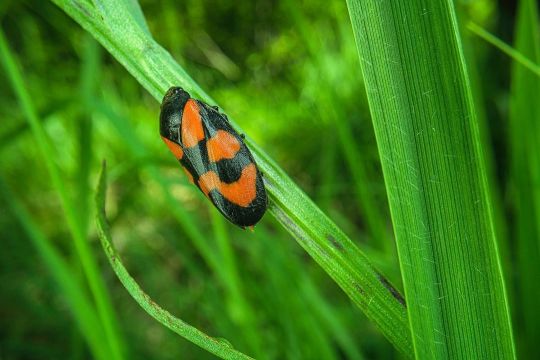
A froghopper (Cercopis cf. vulnerata) resting on a orchid stem into a grass of the Northern Apennines. The bright contrasted coloration is a warning about its unpleasant taste. #insect #bug #cercopidae #laowa24mmprobe #red #picoftheday #pickoftheday #nature #wildlife @ilcp_photographers https://www.instagram.com/p/CBvEQ8DA2lR/?igshid=q7lq0xllgpc8
2 notes
·
View notes
Video
Froghoppers, Cercopidae by Andreas Kay
Via Flickr:
watch my VIDEO: youtu.be/6C1OQefE56g from Ecuador
#Amazon#Andreas Kay#Cercopidae#Cercopoidea#Ecuador#focus stack#Froghopper#Hemiptera#ID524#rainforest#Spittlebug#True bug
50 notes
·
View notes
Photo




A cute little two-lined spittlebug browsing the vegetable section at Lowe’s. Wonder what he decided on at the end of the day?
#two-lined spittlebug#Animalia#Arthropoda#Insecta#Hemiptera#Cicadoidea#Cercopidae#Cercopinae#Prosapia#Prosapia bicincta#bugs#true bugs#froghoppers#spittlebugs#Nikon D3400#nikonphotography#my insects#my bugs#nature photography#photographers on tumblr#Hemiptera of North America#wildlife
19 notes
·
View notes
Photo

Blutwanze! #wanze #blutwanze #cercopidae #bloodbug #bug #hqnature #natureloversgallery #naturelovers #naturelover #nature #natur #macrophotography #macro #nikondeutschland #badenwuerttemberg #badenwürttemberg #bawuevision #sharegermany #schwarzwald #blackforest #blackforestgrapher #blackforestgrapher #wandern #wandernmachtglücklich #wanderlust #badenonline #meinortenaukreis #meineortenau #renchen #ortenaukreis (hier: Renchen) https://www.instagram.com/p/ByImG3CiaWJ/?igshid=1e9b9hucrw9nd
#wanze#blutwanze#cercopidae#bloodbug#bug#hqnature#natureloversgallery#naturelovers#naturelover#nature#natur#macrophotography#macro#nikondeutschland#badenwuerttemberg#badenwürttemberg#bawuevision#sharegermany#schwarzwald#blackforest#blackforestgrapher#wandern#wandernmachtglücklich#wanderlust#badenonline#meinortenaukreis#meineortenau#renchen#ortenaukreis
1 note
·
View note
Text
9/26/19

0 notes
Text
Summer Spittlebugs
This time of year it’s not unusual to be walking through a garden or meadow and suddenly come across what looks like a wad of spit or foam stuck to the stem of a plant. This wasn’t left by some uncouth person, nor is it the remnants of some pesticide or other chemical. Instead, it’s the active shelter of a spittlebug!

As the name suggests, these insects create these foamy conglomerations. They then use them as shelter while they feed on the sap of the host plant. There are literally thousands of species within the superfamily Cercopoidea, consisting of the three families Aphrophoridae, Cercopidae, and Clastopteridae. They’re also colloquially known as froghoppers, though the nymph stage that is found within the spit doesn’t yet hop.
The spit protects the nymphs in a few ways. It’s a visual cover to keep predators from seeing them. If a predator should try to eat the spit, nymph and all, it will find that the foam has a rather awful taste. And it can offer some protection from heat and sunlight on hot summer days. It’s made of waste material from digested sap; one nymph can cycle three hundred times its body weight in sap through its system in one hour.
While sap isn’t exactly a calorie-dense food, spittlebug nymphs have secret allies that were only recently discovered. It turns out that they have not one but two species of bacteria living in their digestive systems. In a symbiotic relationship, the bacteria take shelter there while helping the spittlebug acquire extra nutrition. How? By turning glucose from the sap into crucial amino acids that the nymph needs. Other insects that survive on sap also have these sorts of bacteria, but only one species each rather than two.
Adult spittlebugs are also pretty remarkable. They’re even better jumpers than fleas considering their larger size. Some still retain aposematic coloration that warns away predators. And while they may only live a few weeks after molting into their adult form, the females of some species can lay several dozen eggs before she dies.

Here’s the thing: the vast majority of spittlebugs aren’t going to seriously harm your plants. They don’t take enough sap, and aren’t going to hide in their foamy homes long enough to be a concern. If you have a LOT of them on one plant, they may cause a bit of distortion of the plant’s tissues, temporarily weaken its immune system or open it to diseases through the wounds, but this is a rare situation. And the spittlebug species that don’t produce bad-tasting secretions are potential food for other animals, so they do have an ecological role to play.
Occasionally species like the meadow spittlebug (Philaenus spumarius) may carry the bacteria Xylella fastidiosa which can cause widespread diseases in agricultural crops like Pierce’s disease or olive quick decline syndrome. But the plants in your garden are not likely to suffer the same fate, especially if you’re growing a nice variety of species rather than an entire plantation of one thing.
Finally, I want to advocate for biodiversity rather than the kneejerk reaction “It’s a bug on my plant–kill it!”. You want bugs in your garden (especially native species), because that means it’s an active ecosystem that supports local life. If you determine that you have a non-native species like the aforementioned meadow spittlebug, then all you need to do to get rid of it is hose down the affected plants as needed; pesticides won’t penetrate through the spit anyway, and a hose is faster, cheaper, and safer. Otherwise, native species of spittlebug are not going to cause you any issues, will be gone in a few weeks, and have a place in their ecosystem, too. So enjoy the fact that you’ve created a good home for wildlife, and marvel at these insects with a rather unique strategy for survival!
Did you enjoy this post? Consider taking one of my online foraging and natural history classes, checking out my other articles, or picking up a paperback or ebook I’ve written! You can even buy me a coffee here!
#spittlebugs#froghoppers#spit bugs#insects#bugs#invertebrates#wildlife#animals#nature#gardening#food web#ecology#ecosystem#scicomm#science communication#biology#science
93 notes
·
View notes
Photo

Two-lined spittlebug (Prosapia bicincta)
The two-lined spittlebug is a species of insect in the family Cercopidae. It is found in North America. Adults are black with two lines crossing the wings, ranging from red to orange in colour. They reach a length of 8–10 mm. Nymphs feed on various grasses (including centipedegrass, bermudagrass and corn) from within foam (consisting of their own spittle) produced from juices of their host plant. Adults feed on hollies on the underside of the leaves.
photo credits: Kaldari
#Two-lined spittlebug#bug#Prosapia bicincta#zoology#biology#biodiversity#science#wildlife#nature#animals#cool critters
118 notes
·
View notes